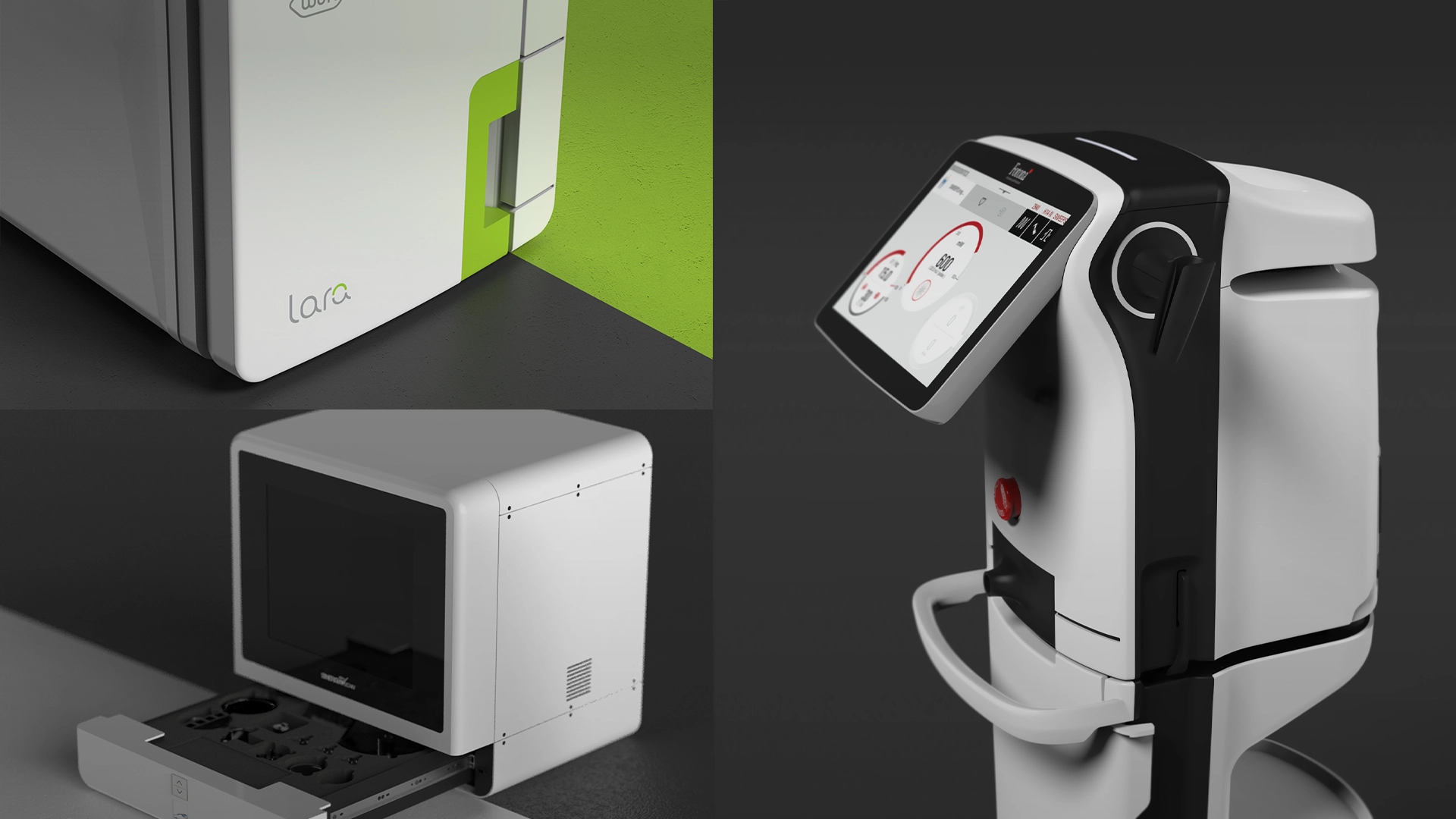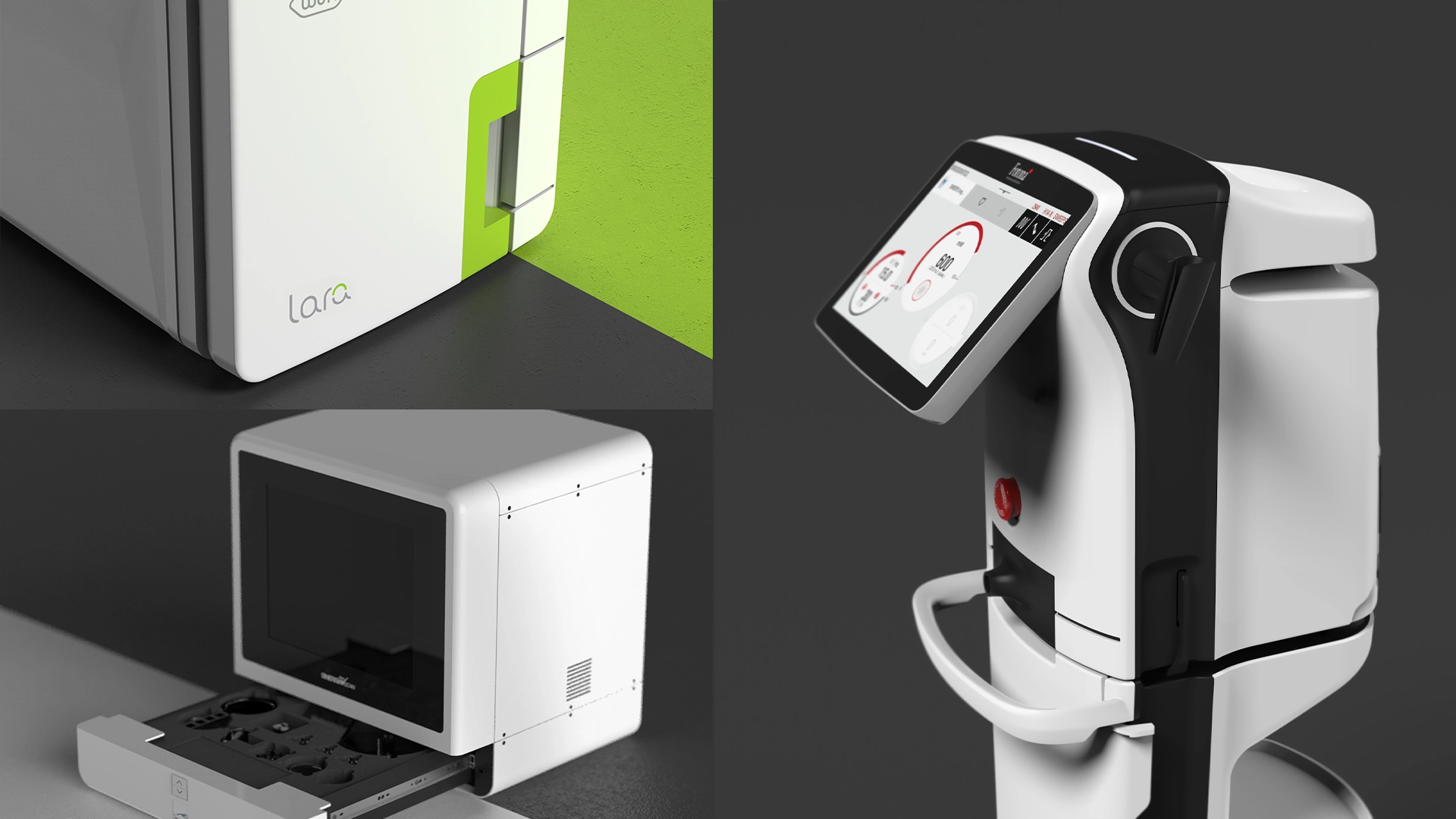The Global Dental Equipment Market is expected to register a CAGR of ~3.3% during the period 2020 to 2028 and will reach $8 Bn in 2028 from a market value of $6.6 Bn in 2020 (source: transparency market research). The term dental equipment refers to all the tools that dentists use to take care of their patients’ dental conditions.
The market encompasses various treatments: orthodontics, endodontics, periodontics, and prosthodontic. Among these, the prosthodontic sub-segment is the largest in terms of value and is expected to grow further in the future. This growth is due to the increase in the geriatric population and the increased focus on aesthetics that makes people demand dental prosthetics. (source: www.marketwatch.com)
Due to the Covid-19 pandemic, there has been a downturn in the dental industry market, but there may be considerable growth and development in the dental industry over the next few years.
In the dental industry as in many other health professions, new technologies will have a huge impact, especially on the way dental professionals treat their patients and how people take care of their oral hygiene at home. Take a look at the emerging technology trends of dental devices that will shape the future of the dental industry.
1. 3D Printing Technology
Dentists are increasingly investing in 3D printing technology and during the next ten years there will be an unprecedented improvement of dental device design. Dentists will rely on the fabrication of dental restorations using CAD-CAM (computer-aided design and computer-aided manufacturing) technology.
Using computers, images from scans or pictures taken on-site, a digital model will be produced and sent to a 3D printer, which is able to produce orthodontic appliances, prostheses and dental implants in the dental office.
Taken a step further, bioprinting – which uses living cells – has the potential to transform dentistry by creating living tissue and bones. Potentially, this type of printing could be used in a variety of ways, from regenerating gum tissue to creating jaws.
2. Artificial Intelligenc
The dental device manufacturing industry has been slow to adopt artificial intelligence compared to the medical industry. But this will change in the future. From caries diagnosis to early detection of malignant lesions, patient record management, and diagnostic imaging, computers and software will play a key role in helping dentists make more accurate and effective clinical decisions.
3. Digital Dentistry
Digital impressions are much more accurate and stable. More importantly, they can be seamlessly integrated with CAD-CAM systems for the chairside fabrication of dental restorations. The process uses advanced software, devices and materials. Computer-aided dental device design and manufacturing (CAD/CAM) is what makes this new process possible.
4. Augmented Reality
Augmented reality could become very important in the dental professions in dental professions and in many courses for students and professors, which are currently being practised in various schools and programmes. AR is crucial to practice and demonstrate techniques on dental models.
In addition, dentists will be able to use augmented reality to educate and advise their patients. They will have the possibility to give oral hygiene instructions and show teeth defects suggesting appropriate treatment modalities in real time. So augmented reality in dentistry can really be a game changer.
5. Teledentistry
If physical treatment is required, dentists ask their patients to come to their offices in person, but otherwise the consultation with the dentist is conducted in real time through video chat software. If there is an issue, the dentist will suggest an in-person visit to a local dentist for further evaluation.
But if it’s regular oral hygiene check-ups or services that can be carried out remotely, dentists now offer teledentistry services.
You can get such a check-up if you need to seek immediate advice from your dentist while waiting for a physical appointment, or if you would like to get rapid pain relief or treatment monitoring.
6. Smart Toothbrushes
In the future, dental device development will go even further and the monitoring of dental health and taking good care of teeth and gums will be simplified by a SMART toothbrush.
The basic idea is to make toothbrushes that have sensors inside them to monitor our brushing habits. This type of electric toothbrush could make sure we brush our teeth correctly for best results. It would also help a lot for kids who need to learn how to brush their teeth by offering them games and other incentives within connected apps for regular and proper brushing.
7. Regenerative Medicine
Scientists from Nottingham University and Harvard Medical School in England discovered that dental fillings made from stem cells can regenerate teeth. This may happen because the technique stimulates the natural process of cell regeneration of dentin, the main constituent of tooth enamel, which produces new cells and reveals the self-healing potential of teeth. It is extraordinary to think that one day we might be able to regenerate our own teeth.
Conclusion
There are so many changes we can expect in Dental device manufacturing in the years to come as the future looks very promising for the dental industry and its patients. Revolutionary new technologies will certainly be developed that will benefit dentists and patients alike immensely. So, let’s hope for the best and be a part of this change.
For 20 years, leading dental companies have found in Creanova a reliable partner to design, engineer and manufacture their dental devices.
Whether your new dental device is a scanner, a smart toothbrush or an autoclave, our multi-disciplinary team has the skills and the experience to help you manage your medical project throughout the development process and into dental device contract manufacturing.
Contact us if you’re looking for a reliable partner to bring your dental device to market!

